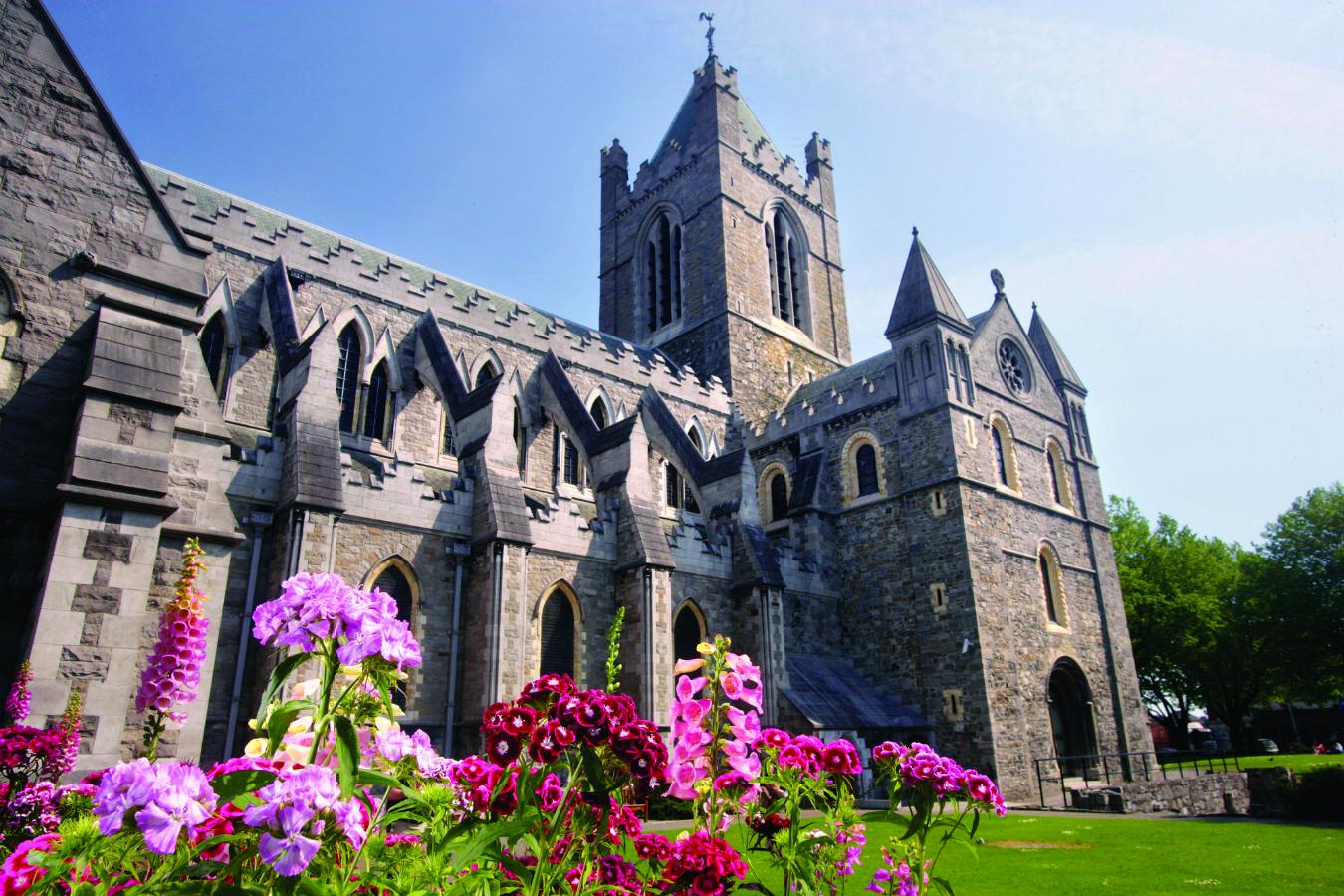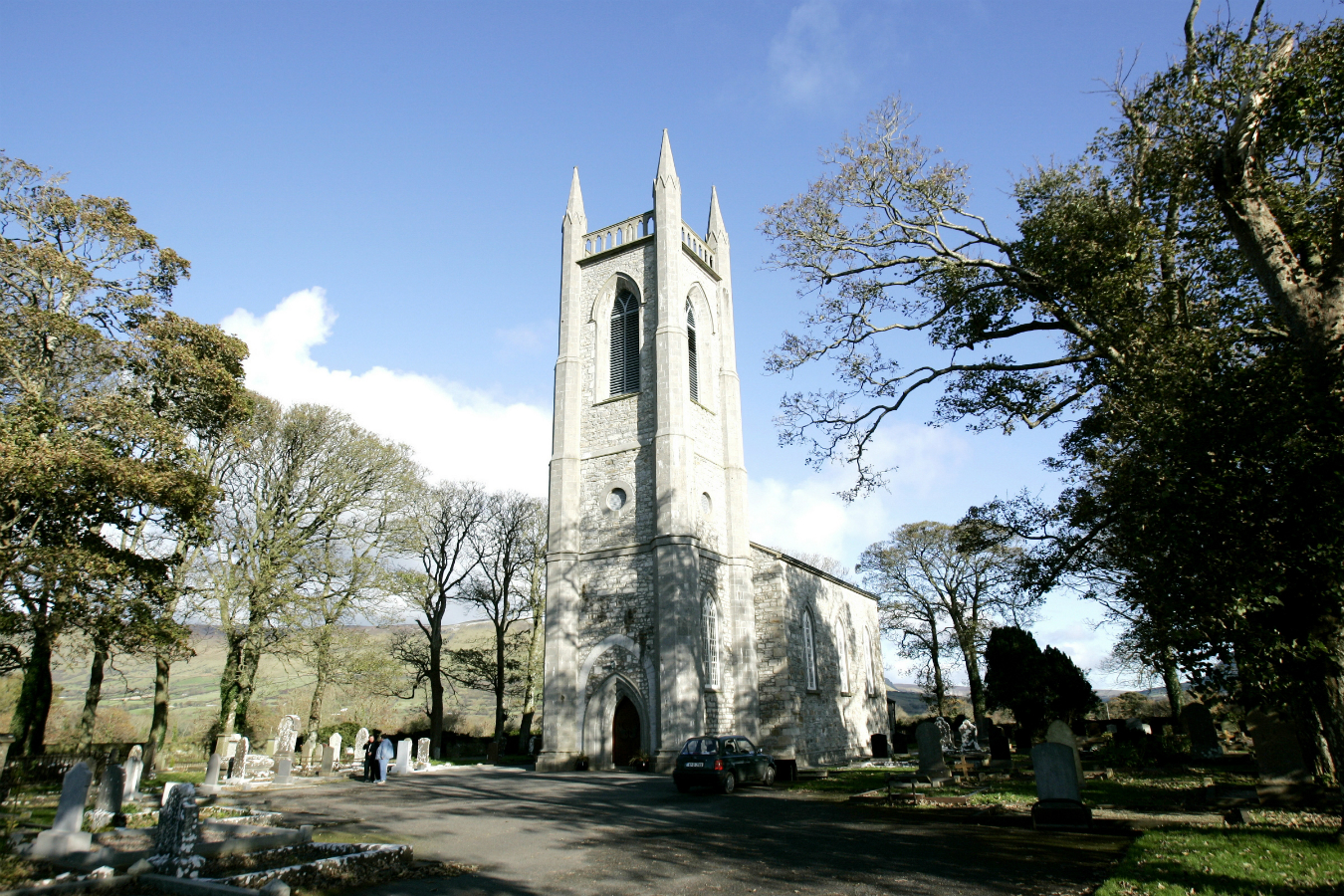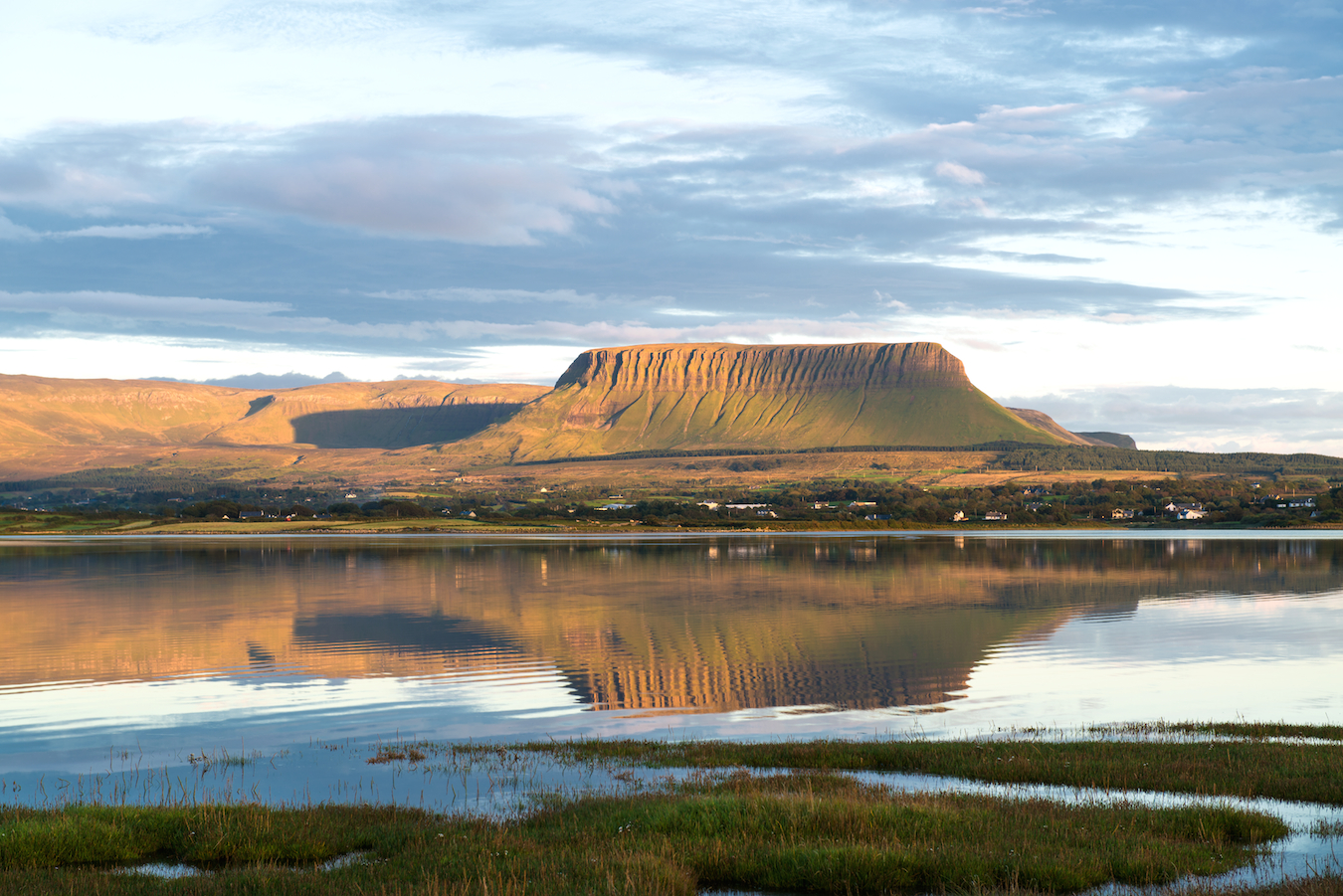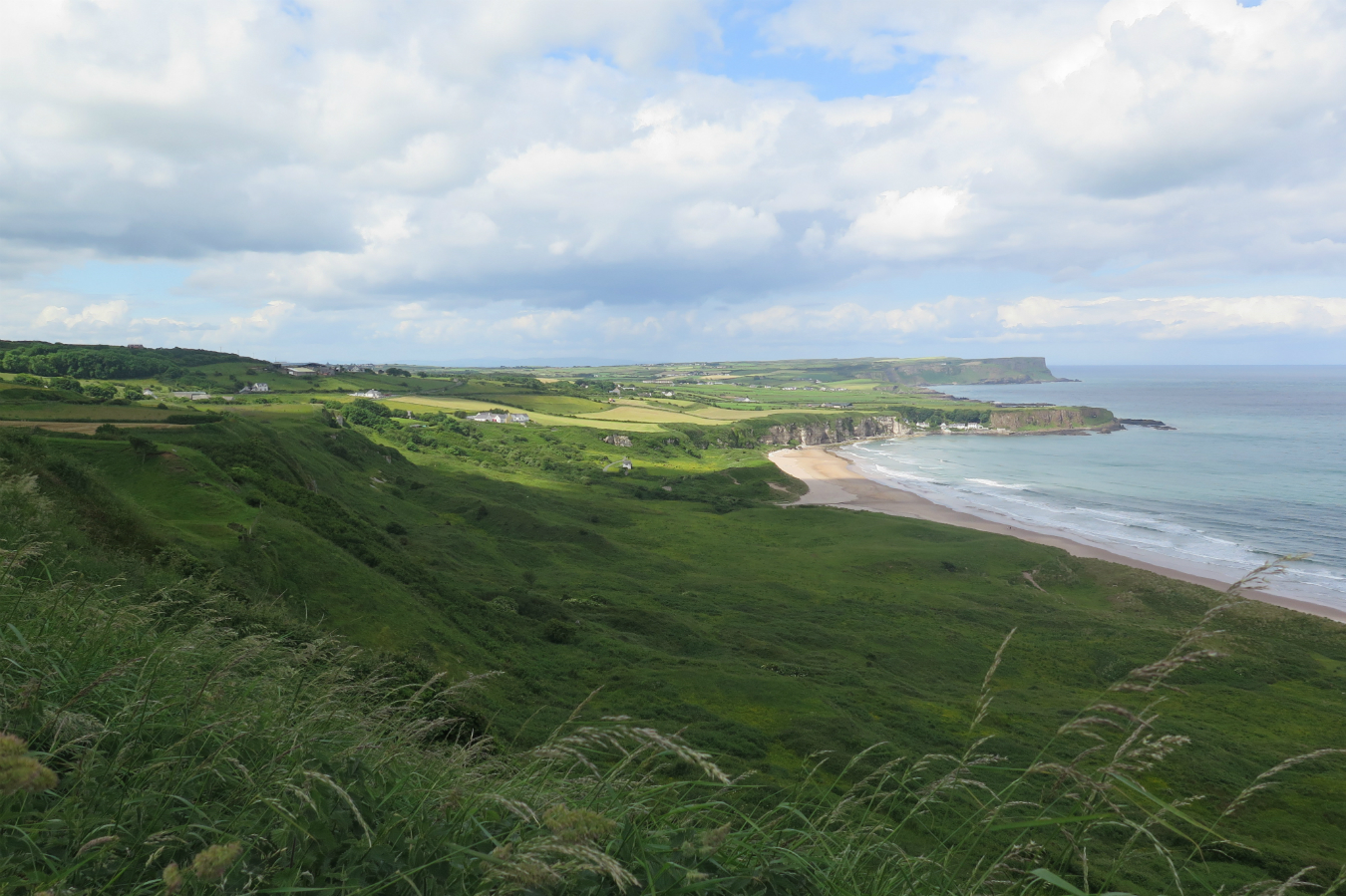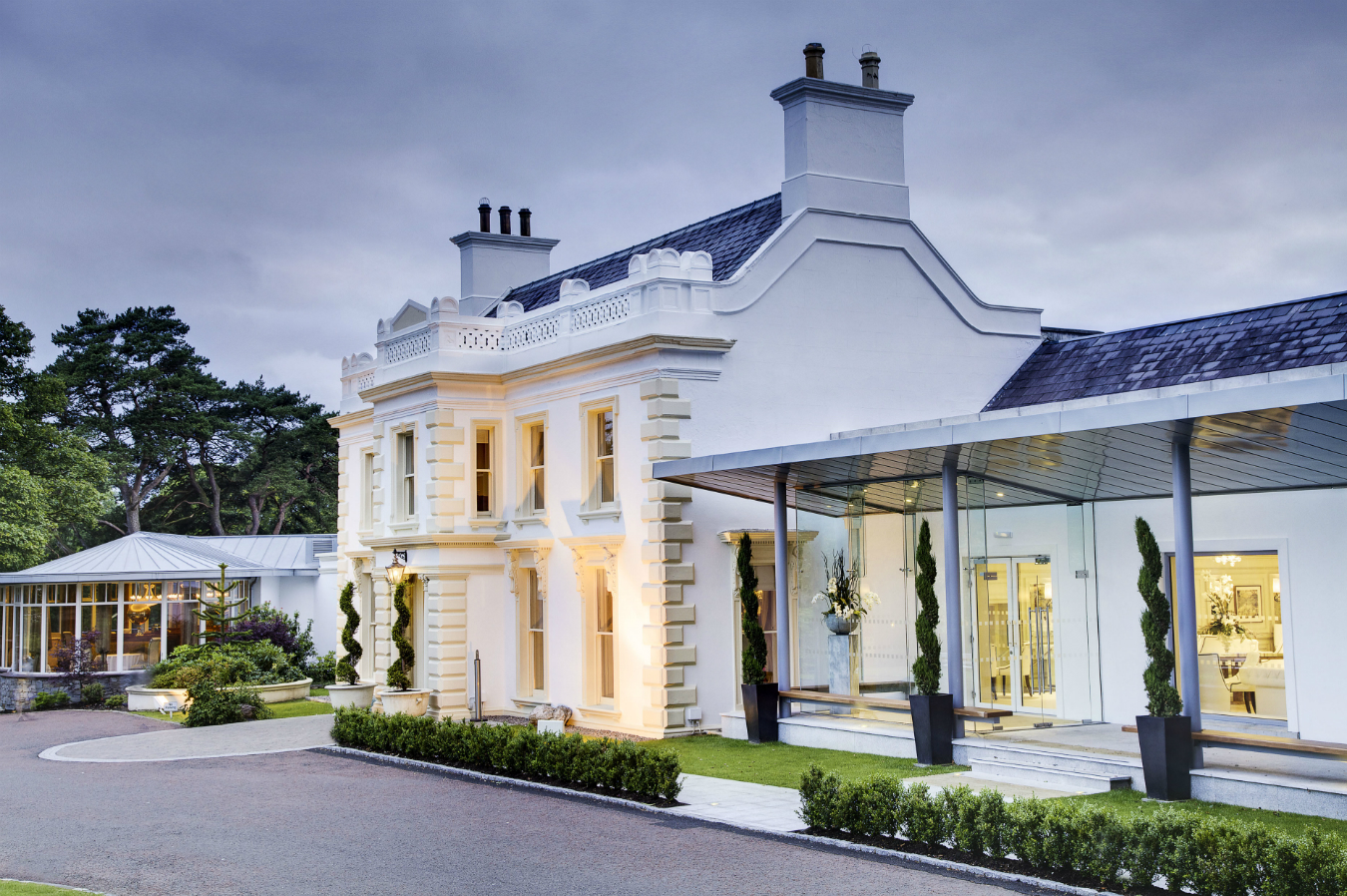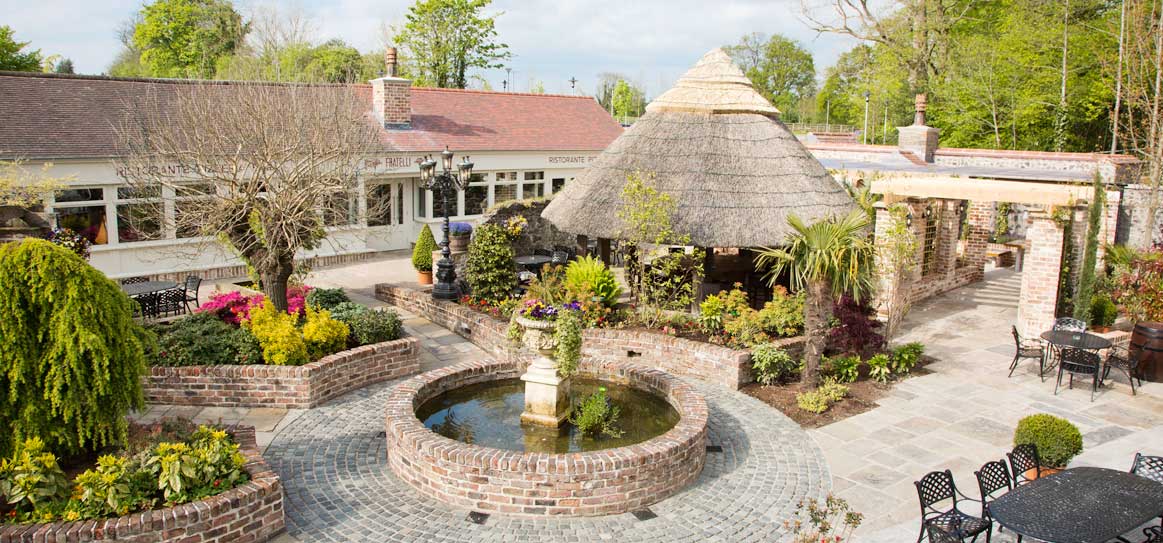It is said that the only songs of Ireland are sad ones. Songs of war and famine, of misery at home and loneliness away. Even songs of love are ubiquitously, frustratingly wistful, their passages dense with the strife both of man and country, and yet inherently sweet and kind. The same quality can be found in the softly lilting voices of the Emerald Isles’ people, who seem genuinely happy to see you come and perhaps equally as sad to see you go.
Flying in directly to Dublin from Vancouver via Air Canada’s Air Rogue flight feels like dropping in on an old friend’s home as dozens of brown rabbits scurry over the runways, dashing around the well-worn wooden fence guarding the airport. The capital of the Republic of Ireland itself feels quaint, its cobblestone streets denoted with authentically aged pubs and shopfronts. With the influx of technology in the city—Microsoft, Amazon, and Google all have headquarters here—it’s easy to spot what’s new. The slick café Kaph is an ideal spot to grab a post-flight coffee, re-fuelling before hitting the museum circuit. Big-name favourites such as the Book of Kells and the Christ Church Cathedral can be mixed with lesser-known destinations such as Trinity College’s contemporary Douglas Hyde Gallery and the Dublin City Gallery, where Irish painter Francis Bacon’s London studio has been painstakingly re-located, each one of the 7,000 items carefully catalogued and conserved.
Leaving the city and cutting through the country heading northwest lands one on the Wild Atlantic Way, which stretches along nine counties and is the world’s longest defined coastal route. Traversing above towering peaks at its highest points, the low, sea-level terrain of Sligo County is an easy introduction to the drive.
At a slightly sunken, misty beach, Dr. Prannie Rhatigan is readying her supplies—all involving her beloved seaweeds. A medical doctor, Rhatigan was raised on the northwest coast of Ireland and retains an unparalleled knowledge of the bright green vegetation that washes up along these shores. She lays out a spread of freshly hand-harvested dulse, seaweeds, and kelp while warm tea is passed among shivering, damp hands. Packed with antioxidants and anti-inflammatories, seaweed has long been a part of the diet of the inhabitants here, evident as Rhatigan shows her cookbook featuring community recipes for scones, omelettes, even desserts—all speckled with seaweed. Spaghetti seaweed, still wet with saltwater, is mild and delicious eaten just as is, and sharper dulse has been softened by raw cacao in just-sweet chocolate truffles. Rhatigan even offers her pungent, home-brewed kombucha for those ready to brave the vinegary hit.
Those same saltwater plants, harvested that morning off the shores of Strandhill up the coast, are put to work in another, equally beneficial manner at Voya Seaweed Baths, where bare-bone tubs—cast iron, footed—are filled with warm water and the freshly caught seaweed. After a steam in the ensuite steam room, guests submerge into warm baths of dark green ribbons. Slightly slimy but not off-putting, the water is steeped with antioxidants, praised for its ability to protect the body from cell damage. The proof, it seems, is in a remarkably smooth and bright complexion.
Moving north from the shores of Strandhill leads through hills, alternating with deep fields of grass-munching sheep and cattle. Entering into “Yeat’s County”, poetic awe is struck at the site of the great Ben Bulben, a behemoth rock sitting over Drumcliffe. There, under the guise of the mountain, a pilgrimage of sorts can be made to the grave of William Butler Yeats, who lays among his fellow Sligo peoples. His tombstone is engraved with an excerpt from his poem Under Ben Bulben, beautifully and permanently marking his final resting spot. Inside the nearby church, visitors can feel the history of the place, running a hand over the 1,000-year-old stone engraved with Celtic symbols whose stories and legends enthralled and inspired the poet.
Heading back on the Wild Atlantic Way moves one further north, along the meandering coastline. Rock formations become more prominent and the wide fields give way to the jarring, ragged Slieve League Cliffs, or Sliabh Liag in Gaelic. From the highest point, the cliffs teeter at 609 metres, making them some of the highest in the world. Staring down from the edge is mesmerizing as waves crash against the steep face. The site, which has been a must-complete journey for thousands of years—before early Christians erected a monastery on the windy hills—feels unchanged by time, even as tourists flock behind on the short path leading to the peak of the mountain.
As those waves retreat back, new breakers are formed further north at Bundoran, where cold water surfers from all over the globe are poised to take them. Known as the surf capital of Ireland, Bundoran boasts white-capped breaks that hit these shores and seduce the world’s best surfers into braving the bone-chilling waters. Greener surfers can find their own waves with the help of Burndoran Surf Co, one of the many surf schools in town. After zipping into a wet suit, it’s a short and bumpy ride down to the beach where calm, lazy curls are ripe for a beginner to get her feet up on a board, even if it’s only for a chilly, thrilling moment.
Staring down from the edge is mesmerizing as waves crash against the steep face.
Crossing the border of Northern Island, pounds can be exchanged for a night at Galgorm Resort & Spa in Ballymena, perched on the edge of the roaring River Maine. The sprawling estate includes 122 rooms as well as log cabins and cottages dotted throughout the grounds. Sea salt is best washed off in the spa’s infinity hydrotherapy pool; the facility’s large menu also includes Celtic saunas and a Snow Cabin chilled to negative 10 degrees Celsius to invigorate the circulatory system. There are four restaurants on site, as well as the Champagne & Gin Bar where one can ease into a simple, well-crafted cocktail featuring locally made Jawbox Gin.
In Northern Ireland, Belfast is the main cosmopolitan draw. While the speculation and fear stemming from the Provisional Irish Republican Army violence in the 1970s through the ’90s still lingers, years of peace are beginning to heal the city. Younger Irish people, less familiar with the violence of the past, are beginning to grow roots here. One such person is Caroline Wilson, a lawyer turned Belfast Food Tour founder and guide. “I figured, I wanted to do what I love,” she remarks, leading up the stairs into the Belfast Cookery School. There Stephen Jeffers, former private chef to the Guinness family, cooks up a fresh pot of warm seafood chowder and Irish soda bread. “People say soda bread isn’t proper bread, but that’s because they haven’t had it made the right way,” says Jeffers. He pours a dark Belfast beer into the mix. The resulting meal is one of the best to be found on the island, the dark bread slathered thickly with Irish butter and dunked, without inhibition, into the steaming chowder.
Wilson’s tour is expert; she offers quick “hellos” to friends on the street as she darts in and out of local shops such as chocolatier Co Couture, Belfast’s oldest pub Kelly’s Cellars, and Sawer’s Limited, which is packed with local specialties such as dulse butter and cold-pressed rapeseed oil. The tour is concluded at Coppi with nibbles of goat meatballs in hazelnut sauce and sips of cold prosecco, the tastes of which harken a young, international future for Belfast.
The resolve of the Irish—both the Northern and Republic inhabitants—is steadfastly, permanently tied to the rocky shores of its coastline, the grassy hills of its countryside, and stone streets of its cities. The people’s history is most often marked by periods of strife: the Norman invasion in the 12th century, the British occupation, famine, the War of Independence, and civil unrest lasting into the 1990s. Today, with the coming of Brexit, the country stands to be split further apart again—just as things were seemingly becoming easier and closer than ever. It’s another wrinkle sure to be smoothed out with a sad tune and a joyful spirit.
Visit our Travel section.

